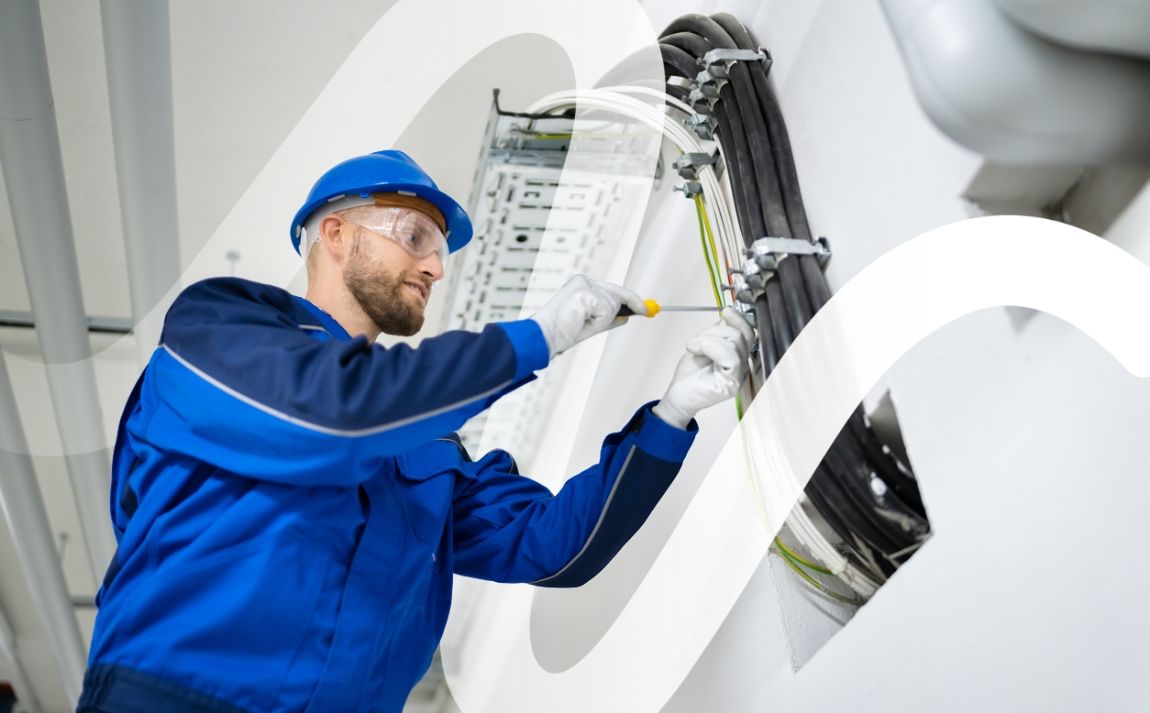- Products
- Market Solutions
- Newsroom
- Tools & Resources
- About Nexans New Zealand
- Search
- Contact us
- Compare
- Sign in
Market Sector
Energy Efficiency from Larger Cable Installation
Nov 9, 2023.jpg)
Energy Efficiency from Larger Cable Installation
When it comes to large commercial projects, reducing energy consumption and operating expenses of the asset should be a major consideration of the initial design plan. Installing a larger conductor size than the minimum absolute minimum necessary and allowing the system to run at a lower temperature is best practice and a one-off cost which could give a return in as little as two years. Quality cables are designed to last for over 50 years, so the extra cost of slightly larger cables will be paid back many times over while allowing for additional loads in the future. Running cable in residential and commercial installations is basic Ohms Law and all about minimizing the cost of energy losses caused by resistive heating. Running a smaller cable at a higher temperature is a short-term approach only.
Voltage drop is not the only calculation you need to consider when choosing the right cable. While voltage drop is obvious because it is proportional to load, power loss is proportional to the voltage drop because of the resulting rise in current. As an example, lost electricity exits the cable as heat, which increases cooling costs in commercial buildings. To illustrate how much energy is being wasted, the heat loss of running a 16 mm² cable at 90° is 12.5 watts per metre and for a 110° rated cable with the same cross section running to its maximum capacity, the power loss is 20.2 watts for every metre of cable length. This wastes enough power to run an LED downlight every metre. There are inefficiencies and increased energy losses by running cables at higher temperatures.
The easiest way to reduce losses is to reduce either the current or the resistance and if you cannot predict future loads, the best approach to lowering resistance is by installing a larger cable with a greater conductor cross section to carry the current. Other areas to consider, when cable sizing should include environmental impact, install conditions such as adjacent circuits, space available and bending radius. An obvious choice are Nexans Low Fire Hazard flexible cables for a more sustainable investment, both for asset and for the environment.
Our websites
Select your country to find our products and solutions
-
Africa
- Africa
- Ghana
- Ivory Coast
- Morocco
- North West Africa
- Americas
- Asia
- Europe
- Oceania
